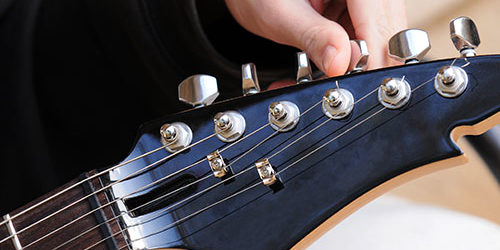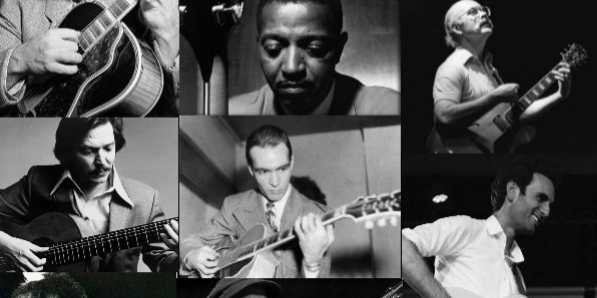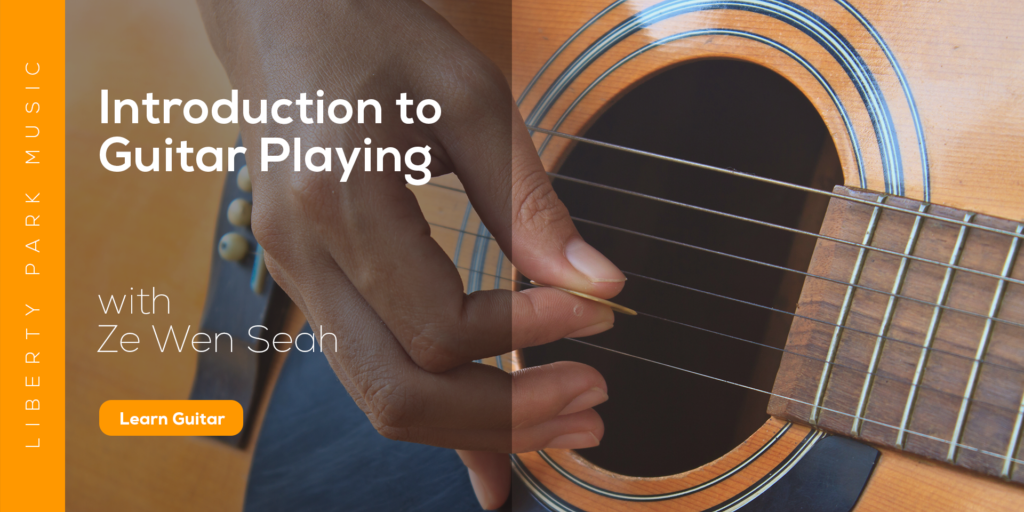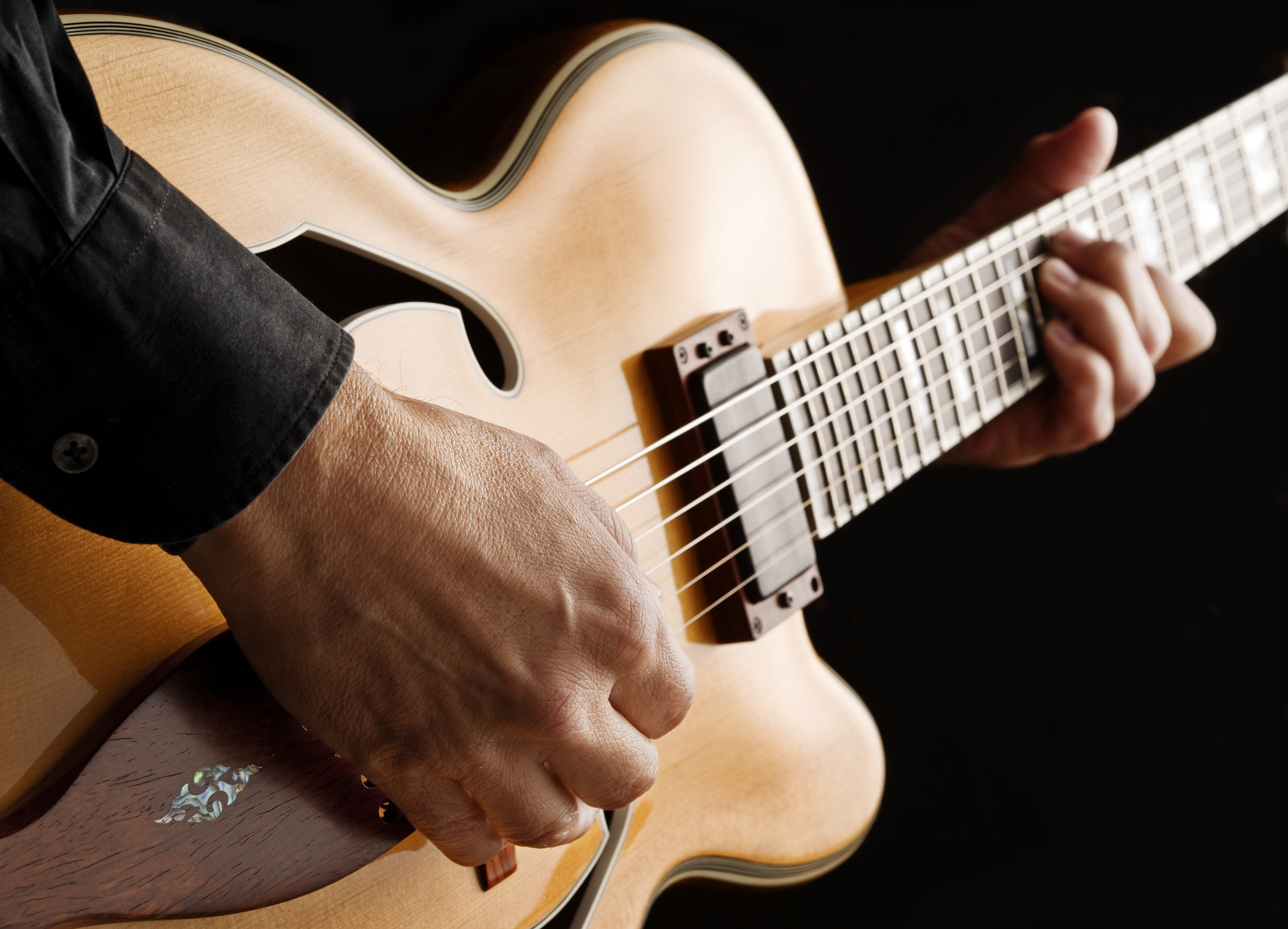
What sound do you imagine when you think about jazz guitar? Smooth mellow tones? Crunchy fusion sounds with copious amounts of effect pedals? Jazz is such an experimental genre that there are too many sounds associated with it to really pinpoint ‘one correct sound.’ So what we will discover in this article is what affects the sound of the guitar and what helps us achieve that jazz sound.
The way I approach achieving the guitar tone I want is to think of it like baking a cake.
You start with fresh ingredients and combine them until you get the final product. Now if you were to start with stale ingredients, is there any chance of the cake turning out perfect? Probably not.
The ingredients for the cake itself for the guitar tone are your hands, guitar and pick; then the icing on the cake ingredients for your guitar sound are the amp and effects you decide to use.
If you have bad picking technique or an unsuitable pick, then there is no hope in getting a good tone, and I believe this is one of the most common misconceptions among guitar players. This is similar to when you go to make a cake--if you don’t have fresh eggs, flour, sugar, butter, and so on, the cake will not be as tasty.
Following the recipe is the key to success, staying true to each lesson you learn will always make for quick development and great technique. You can control a sizeable amount of the tone of the guitar purely through the pick you use and the way you use it, this is then followed by the pickups, the guitar, the effects and then the amp.
Picks and correct picking technique
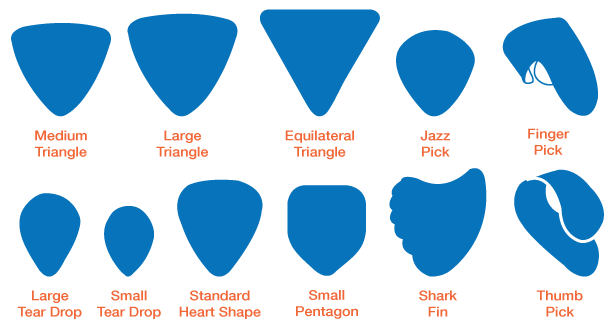
Now let’s start with the pick.
First of all, in jazz, it is common to use a relatively thick pick.
- A thick pick gives a fuller, heavier tone with a lot more bottom end, more like a piano, whereas a thin pick will give you a thinner tone, with more top end which works well for funk and rock. This works well for jazz in that it makes your guitar stand out as the primary instrument and is not as harsh on the ears as the higher frequencies are not as prominent.
- The other benefit of a thick pick is that, if it does not bend, then it means when you pick down, you can accurately pick back up again without the pick flexing out of your control. This means you can play as fast as you like without waiting for the pick to bounce back to a rigid state.
As for picking technique, I suggest picking on a slight angle to give it a warmer sound and allow the pick to ‘slice through the strings,’ giving less resistance.
Another advantage of a thicker pick is that it is much easier to hit the string! Start by heading down to your local music store and getting a collection of different picks and play with them over a month and you’ll open yourself up to new playing styles.
Strings
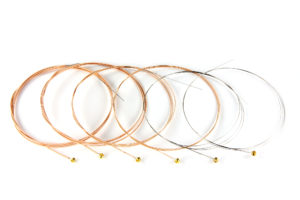
The next step in the journey of the guitar sound is the strings.
Light strings (8s,9s,10s) will give you a thinner sound, much like a thin pick, whereas thick strings (11s,12s,13s) will give you a heavier, fuller sound.
This means that each note will articulate a lot better with heavy strings giving it more ‘pop’ like a piano which works great for melody lines and soloing.
The other great thing about heavy strings is, much like the heavy pick, they do not flex as much, meaning you can pick as fast as you like without the need to wait for the string to bounce back into position before you can pick the next note. This works great for jazz because we are often trying to emulate fast saxophone lines and play quick bebop licks that need to ‘pop’ and sound clear.
Pickups
Here comes the fun part, we all love experimenting with new gear and gadgets, and pickups are no exception.
Pickups can change the sound of your guitar in many ways, they are the first step of shaping the tone and the quality of the pickup will determine how well the sound of your instrument is amplified. There are many different pickups, but the three main types are single coil, humbucker, and P90.
Single coil
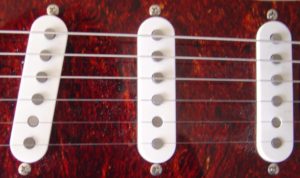
The single coil is a pickup in its simplest form.
The six magnetic poles under each string is wrapped with a coil to allow the vibrations of the string to be picked up and turned into an electrical current, which of course exits the guitar through your lead.
Humbucker
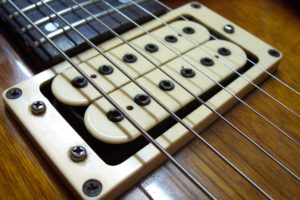
The problem with single coils are that they make a hum noise, the humbucker fixes this by having two single coils together wired out of phase which cancels out the hum--but we don’t need to know the technicalities.
The most important thing here is tone, the single coil is the clearest pickup and often found on older instruments, particularly acoustic arts that may have had a ‘floating’ pickup, one that is suspended over the body, just under the strings. This pickup will provide the most natural acoustic sound for the guitar. The humbucker is found on a lot in modern instruments and will give you a much warmer, fuller sound.
This is great for smooth jazz and getting the sound of guitarists like Wes Montgomery or Jim Hall.
P90
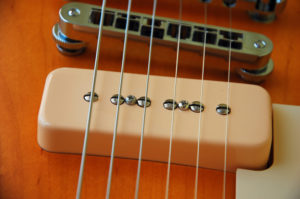
The p90 is like a midpoint between the single coil and the humbucker, and gives you a more mid-range, crunchier sound. I find this works great for bebop or solo guitar because of its strong attack.
Instrument
Now how can we miss the most important ingredient of all, the instrument itself? Let's look at the three most commonly associated guitars with jazz music.
The Archtop
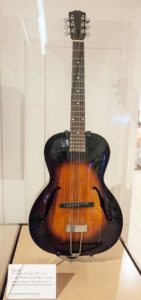
The most commonly associated guitar with jazz would be the archtop.
This instrument was created because the acoustic guitars that were around in the big band era were simply not loud enough to be heard over the horn section. The solution was to create an instrument that could cut through and be heard, and the arched top gave the guitar this quality. It became much like a percussion instrument in that it had a harsh, chanky sound that worked well with the drums.
Of course later when the pickup was introduced, the guitar could be amplified and heard clearly, but the arch top still held its own in the world of jazz and has a distinct tone acoustic or amplified. You will notice guitarists like Wes Montgomery, Jim Hall, and Pat Metheny playing an archtop guitar.
Semi-Hollow body
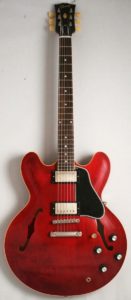
One major problem with the arch top was that it was very prone to feedback, meaning when played at high volumes it created an undesirable noise that became a major issue.
One answer to this was the semi-hollow body guitar, the most famous being the Gibson 335.
This design is like an arch top except the body is smaller and it has a laminate top rather than a carved top, meaning you lose a little bit of the acoustic tone of an archtop but you eliminate feedback. This guitar was favoured by Grant Green, John Scofield, and Kurt Rosenwinkel.
Solid body
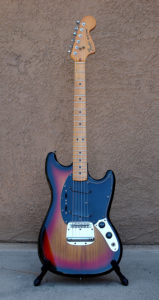
Continuing in the direction of smaller bodies comes the solid body guitar, this includes the Stratocaster, Telecaster, Les Paul, and many Ibanez models.
These guitars are a completely solid block of wood and will give you more sustain, but a thinner, not so heavy sound. They are great for when you may want to use distortion or effects as the sound does not get too muddy like the other guitars. This is a great instrument to start on as they feel the same to play as the others, but are often more affordable.
Classical

And finally, the classical guitar is for classical music right? Not just!
The nylon string acoustic was also the instrument of choice for most Latin American music, and as the Bossa nova was introduced to North America it became a popular instrument in jazz with guitarists like Charlie Byrd and later Al Di Meola. The nylon strings make it smoother to play and less harsh on the fingers, it also lends itself to fingerpicking and is great for solo jazz. Most of us have a nylon string guitar that we started learning on, try practicing your Bossa Nova patterns on it.
This guitar is one of many that you can try and use for playing jazz and develop your technique on.
Keep in mind that different guitars, especially thicker strings or nylon strings, will react differently to your technique and may take a little getting used to.
So what are the right ingredients?
Well, there is no single ingredient to make you sound amazing, but by paying close attention to each stage of the sound you can certainly have a lot of control over the end product.
You can try and reproduce the sound of classic jazz guitar players by using the same guitars, picks, or amplifiers, but this may not give you the result you are after. The most exciting thing is, that this means you can use these ingredients in your own way to create your sound.
These guitarists are famous for their sound because they developed it individually and created a unique voice people want to listen to. Learning how they created these sounds is a great starting point, you can try using effects pedals, different picks, or different guitars; all these things will give you a new edge on your sound and maybe improve your playing.
Ask yourself who you want to sound like? And find out what ingredients they used to achieve it. Look out for our future articles that will focus on building the techniques for playing jazz styles.

